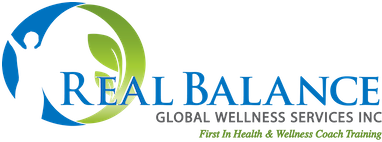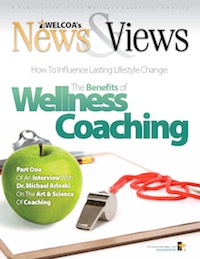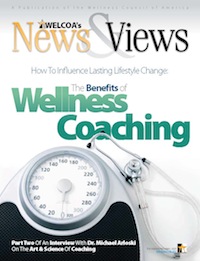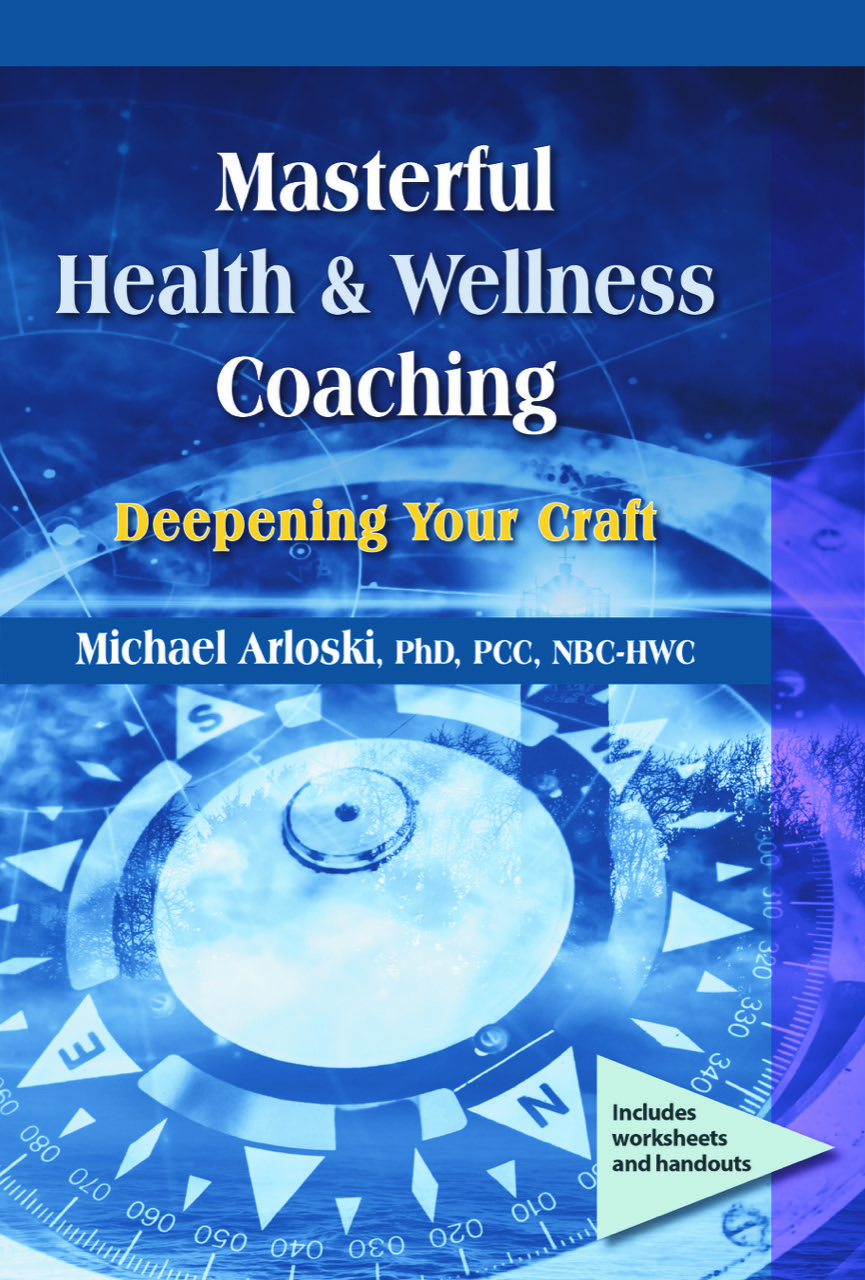Ten Ways To Coach Through Barriers To Change – Part Two – Inner Barriers To Lifestyle Improvement – II by Dr. Michael Arloski.

6. Practice Extreme Self-Care
Many times coaches and clients co-create a wonderful set of self-care action steps that the client knows will help them to be healthier and well. Then, on the next coaching appointment, the client confesses that they held back from doing almost all of the actions agreed upon. The coaching conversation then reveals that the client would not give themselves permission to engage in such self-oriented behaviors. Another belief system item that wellness coaches, especially, deal with all the time is a lack of self-permission and way too much self-denial. Stemming back to a lifetime of learning such beliefs create guilt and the misperception that taking time and doing anything good for oneself is “selfish” and wrong. Even though your client may say and believe (intellectually) that taking time to exercise, get more sleep, and eat well are critically important, they may find themselves reluctant to actually follow through and do these behaviors because they just don’t feel right at a deeper level. Many terrific wellness plans fail right here.
We can help our clients to increase self-permission by helping them examine these beliefs and how they adopted them. We can help them look at how realistic they really are, especially in light of the client’s whole life. Are they valuing self-denial to the point where it is harming their health? It may feel “extreme” for them to begin to do even the smallest things for themselves, but we can support and acknowledge their efforts at even small steps for self-care.
 Recovery and self-care can take many forms.
Recovery and self-care can take many forms.
7. Regenerate Through Recovery
A number one challenge wellness coaching clients continually face is having enough time for wellness. Often their attempts at “time management” go nowhere. Perhaps it’s time to think in terms of “energy management”. In books like The Way We’re Working Isn’t Working and The Power of Full Engagement (http://www.huffingtonpost.com/tony-schwartz/the-way-were-working-isnt_b_574039.html) we find a reaffirmation that pushing people to work too long with not enough sleep and with insufficient resources is not sustainable or even profitable. Once again, we recognize the need for balance, for what these authors call “sufficient volume and intensity of recovery” from the stress we are under. Hopefully such books will encourage work environments to wake up and restore some sense of balance to the workplace but until then it begins within the individual. Often out of fear, our clients push continually in totally unsustainable fashion and end up being less productive, and less well. Another internal barrier here can be irrational beliefs that they are only worthwhile and Okay as a human being when they are being productive.
Working with self-permission, helping our clients to break through their fears and realize that the person who has more recovery time is, in fact, more productive, efficient and creative, we can help them create sustainable ways to attain work/life balance.
8. Progress With A Plan
When wellness coaching proceeds without a co-created wellness plan the tendency is to throw together a cluster of goals and attempt to follow through on them. The danger is that a lack of structure can lead to confusion, inconsistency, wandering off on tangents, and a loss of momentum and motivation. Internal barriers to the whole coaching process can arise out of a sense of confusion, uncertainty, lack of clarity about direction, progress and roles. Lasting lifestyle change is not just a bunch of goal setting and pumping up will-power. Proceed with a plan.
9. Acknowledge And Affirm
Client motivation often suffers from a perceived lack of progress, yet clients often do not give themselves adequate credit for what they have actually achieved. Recognize and acknowledge progress of any kind and any size. You are not so much praising your client as you are encouraging them to praise themselves and acknowledge their progress. Acknowledge the actions and the aspects of their character that “showed up” to bring that action forward. They may even benefit from an exercise of writing down three self-acknowledgments a day. Don’t downplay the level of challenge a client may be facing. Affirm their reality and their experience. Yet keep the responsibility for change on the client. When they speak of barriers (either internal or external) that came up, ask them “How did you allow that to hold you back?”
10. Make It Mindfull
Many internal barriers come from a state of internal anxiety, stress, fear, and confusion. Whatever calms the body/mind/spirit is going to help us lower those barriers. Encouraging our clients to include practices that help them become more centered, more calm, and more focused will help lead them to greater peace within. Most decisions are made on an emotional rather than strictly logical basis (some say 60%). If we are anxious, stressed, worried, and even physically tight, we can misinterpret what our body is telling us and decide not to be active, eat well or connect with others when it is exactly what we need the most. Honoring the values and culture of our clients we can help them explore ways of relaxing and centering that are congruent for them.
A 30 min. recording of a free monthly webinar on this topic can be found at http://realbalance.com/
Please share your comments, ideas, and questions. Help us explore the very best ways to coach people to be well.








Only registered and logged in readers can leave comments.